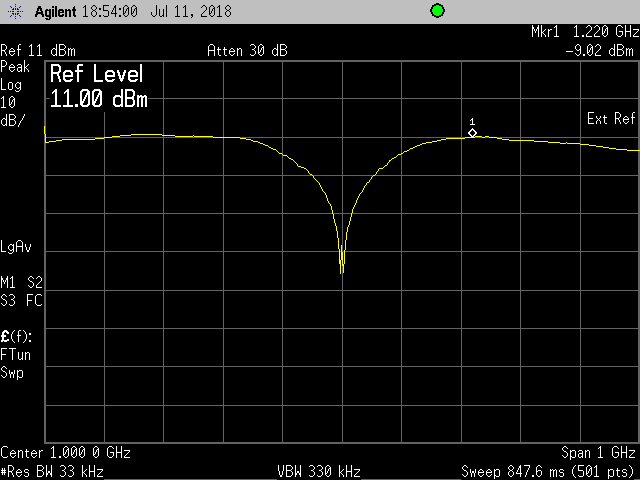Hello,
I'm trying to see the output of the TRF370417EVM evaluation module with only LO at the input as a first test.
The module is biased with 5 V and I and Q ports are biased with 1.7 V and terminated with 50 Ohm.
The LO frequency is 500 MHz..
What I see at the output is a lot of unwanted tones where tones at 2. 4 .6 GHz are dominating.
Any idea what I'm doing wrong?
Kind regards,
Dragan


